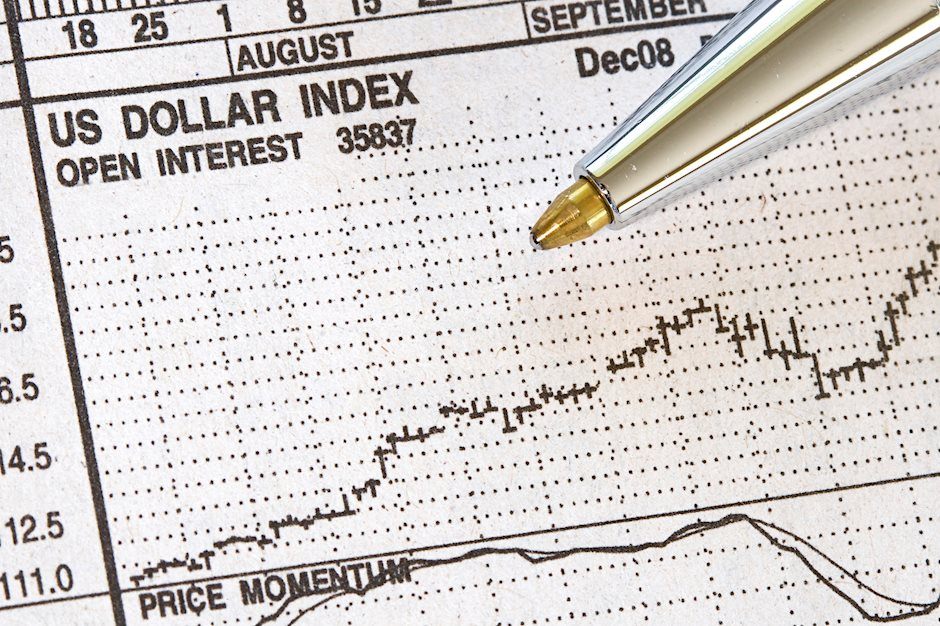Created
: 2024.12.19













![]() 2024.12.19 02:35
2024.12.19 02:35
The US Dollar Index, which measures the value of the USD against a basket of currencies, trades neutrally near the 107.00 mark on Wednesday as it consolidates ahead of the Federal Reserve (Fed) interest rate decision. Traders are keenly awaiting the dot plot to gauge the number of rate cuts envisioned in 2025. Despite a recent easing in the USD following profit-taking on Friday and new Chinese economic data, the Greenback holds steady, looking for direction as the Fed policy announcement nears.
Indicators recovered significant ground last week, yet they appear insufficient to push the index beyond the 107.00-108.00 area. At the start of the week, the Index retreated slightly, signaling momentum fatigue.
Still, the broader picture remains constructive if the DXY can hold above its 20-day Simple Moving Average. As traders await the Fed's guidance, technical signals suggest a cautious but potentially supportive environment for the Greenback, barring any hawkish surprises that might fuel a breakout.
The US Dollar (USD) is the official currency of the United States of America, and the 'de facto' currency of a significant number of other countries where it is found in circulation alongside local notes. It is the most heavily traded currency in the world, accounting for over 88% of all global foreign exchange turnover, or an average of $6.6 trillion in transactions per day, according to data from 2022. Following the second world war, the USD took over from the British Pound as the world's reserve currency. For most of its history, the US Dollar was backed by Gold, until the Bretton Woods Agreement in 1971 when the Gold Standard went away.
The most important single factor impacting on the value of the US Dollar is monetary policy, which is shaped by the Federal Reserve (Fed). The Fed has two mandates: to achieve price stability (control inflation) and foster full employment. Its primary tool to achieve these two goals is by adjusting interest rates. When prices are rising too quickly and inflation is above the Fed's 2% target, the Fed will raise rates, which helps the USD value. When inflation falls below 2% or the Unemployment Rate is too high, the Fed may lower interest rates, which weighs on the Greenback.
![]()
Created
: 2024.12.19
![]()
Last updated
: 2024.12.19

FXStreet is a forex information website, delivering market analysis and news articles 24/7.
It features a number of articles contributed by well-known analysts, in addition to the ones by its editorial team.
Founded in 2000 by Francesc Riverola, a Spanish economist, it has grown to become a world-renowned information website.
We hope you find this article useful. Any comments or suggestions will be greatly appreciated.
We are also looking for writers with extensive experience in forex and crypto to join us.
please contact us at [email protected].
Disclaimer:
All information and content provided on this website is provided for informational purposes only and is not intended to solicit any investment. Although all efforts are made in order to ensure that the information is correct, no guarantee is provided for the accuracy of any content on this website. Any decision made shall be the responsibility of the investor and Myforex does not take any responsibility whatsoever regarding the use of any information provided herein.
The content provided on this website belongs to Myforex and, where stated, the relevant licensors. All rights are reserved by Myforex and the relevant licensors, and no content of this website, whether in full or in part, shall be copied or displayed elsewhere without the explicit written permission of the relevant copyright holder. If you wish to use any part of the content provided on this website, please ensure that you contact Myforex.
Myforex uses cookies to improve the convenience and functionality of this website. This website may include cookies not only by us but also by third parties (advertisers, log analysts, etc.) for the purpose of tracking the activities of users. Cookie policy